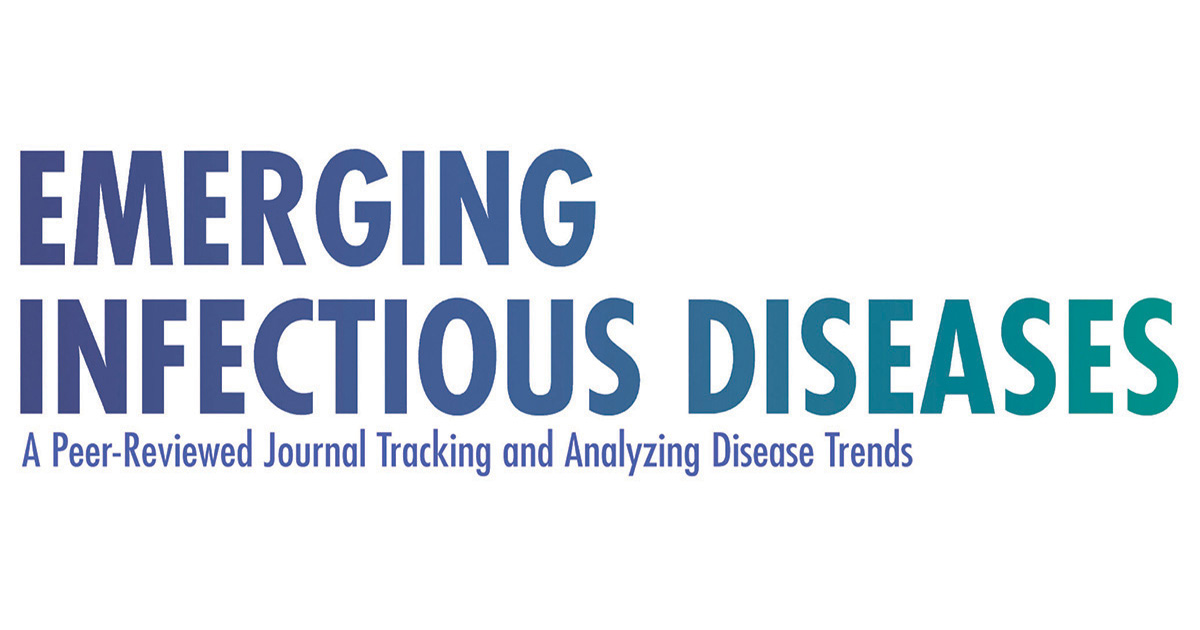You are here
Two Pandemics, One Challenge—Leveraging Molecular Test Capacity of Tuberculosis Laboratories for Rapid COVID-19 Case-Finding
Primary tabs
 Two Pandemics, One Challenge—Leveraging Molecular Test Capacity of Tuberculosis Laboratories for Rapid COVID-19 Case-Finding In many settings, the ongoing coronavirus disease (COVID-19) pandemic coincides with other major public health threats, in particular tuberculosis. U... Emerging Infectious Diseases journal
Two Pandemics, One Challenge—Leveraging Molecular Test Capacity of Tuberculosis Laboratories for Rapid COVID-19 Case-Finding In many settings, the ongoing coronavirus disease (COVID-19) pandemic coincides with other major public health threats, in particular tuberculosis. U... Emerging Infectious Diseases journal ...TB laboratories can be an important resource to increase the global capacity for SARS-CoV-2 diagnostic testing and research. However, expanding their scope to the detection of a viral pathogen warrants careful planning.
Challenges will be different for peripheral, intermediate, and central-level laboratories and can relate to any of the 12 Quality System Essentials we have outlined. Despite the availability of SARS-CoV-2 assays on all major molecular TB testing systems, careful capacity planning is crucial to match the local demand, operator skills, and funding available.
Mitigating the risk for supply chain interruptions is another key management task, and establishing >1 SARS-CoV-2 test is advisable to guarantee service continuity. The diagnostic industry is challenged to manufacture SARS-CoV-2 tests without deprioritizing production of reagents needed to test for TB, HIV, and malaria.
In addition, concerns exist about TB case-finding and culture-based diagnostics being impaired by the ongoing SARS-CoV-2 pandemic, as has been shown in a rapid assessment by the Stop TB Partnership (33). Likewise, a recent modeling analysis showed a 70% drop in the probability of TB diagnosis per visit to a healthcare provider because of reduced laboratory capacity and availability of healthcare staff secondary to the COVID-19 pandemic in countries such as India, Kenya, and Ukraine (34).
Consequently, although leveraging the globally available TB diagnostic and research infrastructures is a powerful strategy to increase SARS-CoV-2 testing capacity and to elucidate some of the open research questions that have arisen during the ongoing SARS-CoV-2 pandemic, care must be taken that TB services are not disrupted at any time during the COVID-19 response. ...



Recent Comments